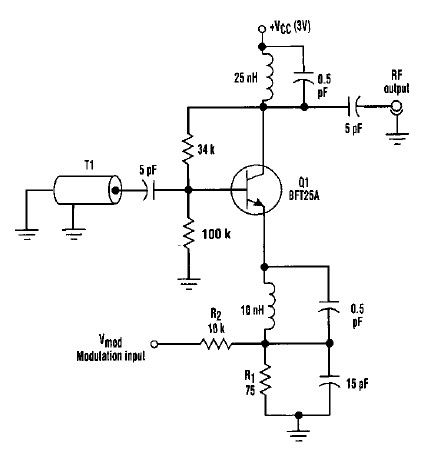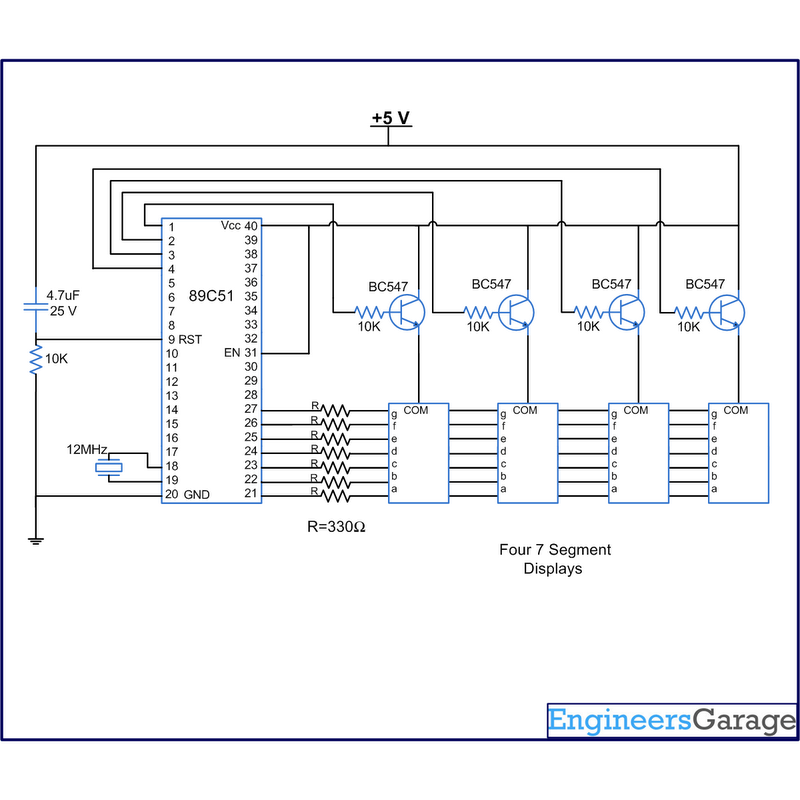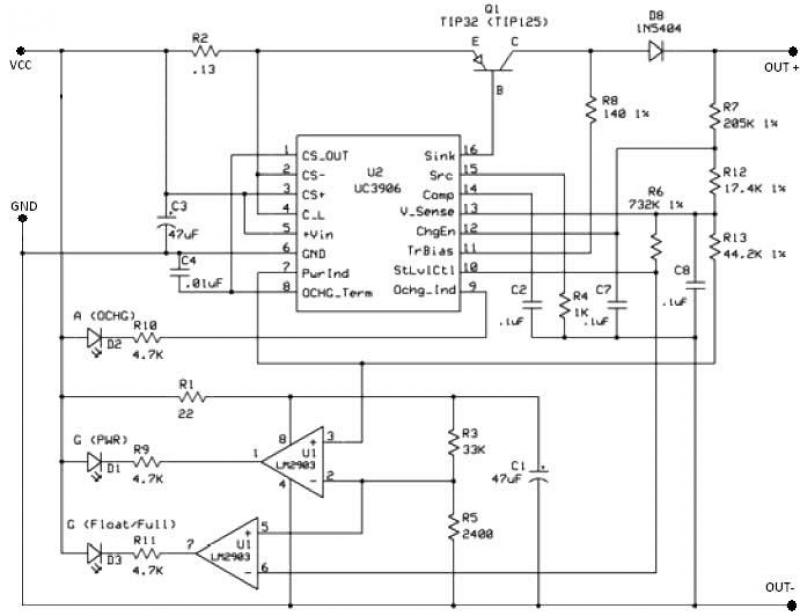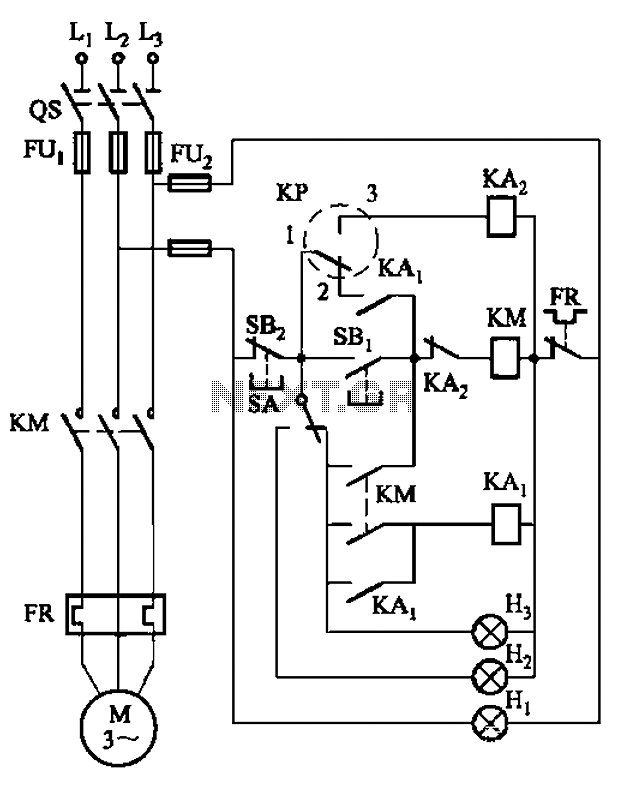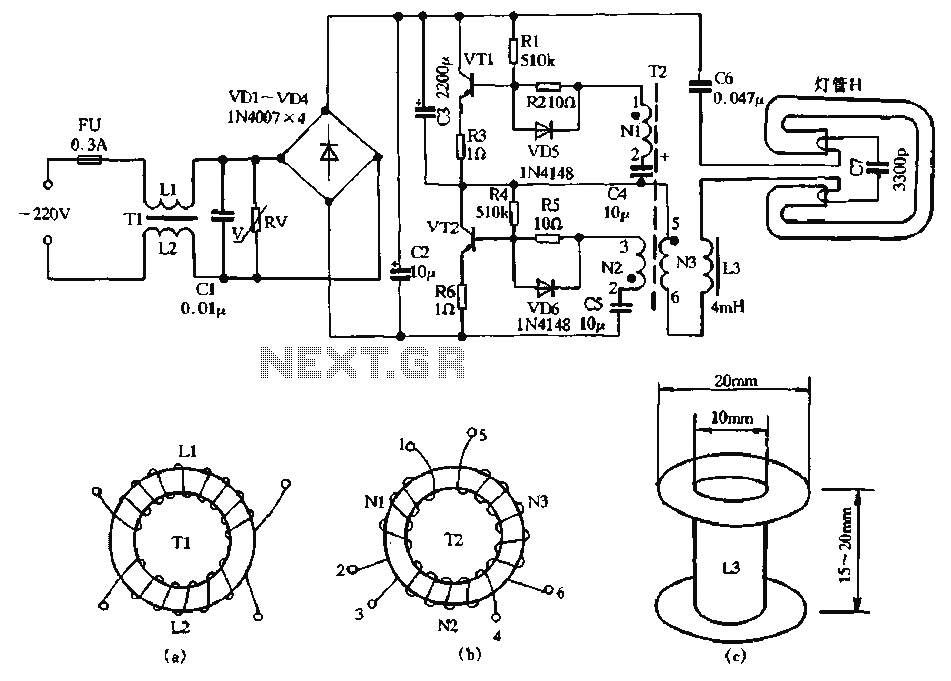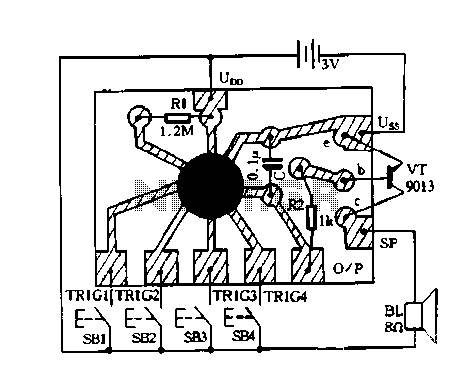
Offset + 2% - temperature coefficient temperature compensation circuit

The circuit of the easy-to-use LM3sDZ temperature detection system does not provide an adjusted output to obtain a 1 (hnV/°C) temperature change range if the temperature is between 0°C and a specified limit. The output voltage ranges from 0 to 500mV, while the operational amplifier (OP) provides a 10 times magnification, based on the resistor values set in the circuit. This results in a division circuit output ranging from 0 to 10V. However, the circuit cannot function properly as the denominator saturates the output when the temperature is at 1°C. A reference magnification of 1:5 to 1:6 is suggested. According to the division circuit calculation formula, the output can be expressed as a function of the input voltage. When the magnification is set to 1, the system can handle a temperature range of 25°C with a reference voltage of 5V. If multiple changes are made, the magnification should be adjusted to maintain a consistent output. The input voltage range should be between 3V and 6V. Consequently, the output will change to 3.33V, with a magnification of less than 1 at a base temperature of 25°C.
The LM3sDZ temperature detection circuit is designed for ease of use and functionality in temperature measurement applications. The circuit operates with a temperature range starting from 0°C and extending up to a defined upper limit, producing an output voltage that correlates with the temperature changes. The output voltage is configured to vary from 0 to 500mV, which is a common range for temperature sensors that interface with microcontrollers and other electronic devices.
The operational amplifier (OP) plays a crucial role in amplifying the sensor output. The circuit employs a gain of 10, achieved through careful selection of resistor values. This amplification allows for a more significant voltage output, which enhances the resolution of the temperature reading. The division circuit further processes the amplified signal, allowing it to output a voltage range of 0 to 10V, suitable for various applications.
However, it is essential to note that the circuit's performance may be affected when the temperature approaches 1°C, as the output may saturate, leading to inaccurate readings. To mitigate this issue, a reference magnification ratio of 1:5 to 1:6 is recommended, which helps maintain the linearity of the output in relation to the temperature changes.
The calculation formula for the division circuit indicates that the output voltage is a function of the input voltage and the set magnification. This relationship is critical for users who may need to adjust the circuit for specific temperature ranges or applications. For instance, when the magnification is set to 1, the circuit can adequately handle temperatures around 25°C with a reference voltage of 5V.
In scenarios where multiple changes in temperature are anticipated, it is advisable to adjust the magnification accordingly to ensure that the output remains consistent and accurate. The input voltage range is specified to be between 3V and 6V, which aligns with the operational capabilities of the circuit. As the input voltage changes, the output will reflect these variations, providing real-time temperature readings.
Overall, the LM3sDZ temperature detection circuit offers a practical solution for temperature monitoring, with considerations for amplification, output range, and operational stability. Proper adjustments and configurations can enhance its performance, making it suitable for various applications in electronics and temperature sensing. Circuit of the easy to use cedar LM3sDZ temperature detection heir. Does not show adjusted to obtain 1 (hnV/aC output temperature change range if he is 0 ~ so * c, -. The outpu t is 0 ~ 500mV, 4t amplifier OP is 10 times magnification (by the R., the island as scheduled ) after the 0 to ten sVo in the division circuit, near ov can not serve as the denominator saturated output shaft 1-c), so as to 2sc reference magnification of 111-5 to 1-6 Lin. According to the calculation formula for dividing circuit, Ray. 10z/- x, + a stone ioW when. Magnification of l, hindered terms of a three 5V, 2S oC :: crab benchmark amplification. If you make multiple should 2b magnification in 1.5 3 the same change; x Jing input voltage range of a 3, 3V ~ 6-60v mouth Accordingly, Shall be thrown OP spin big clamor As the sV voltage is changed to 3.33V, its magnification is less than l, at 250C base temperature with y ugly with the 43-phase input voltage Confidence - svt
The LM3sDZ temperature detection circuit is designed for ease of use and functionality in temperature measurement applications. The circuit operates with a temperature range starting from 0°C and extending up to a defined upper limit, producing an output voltage that correlates with the temperature changes. The output voltage is configured to vary from 0 to 500mV, which is a common range for temperature sensors that interface with microcontrollers and other electronic devices.
The operational amplifier (OP) plays a crucial role in amplifying the sensor output. The circuit employs a gain of 10, achieved through careful selection of resistor values. This amplification allows for a more significant voltage output, which enhances the resolution of the temperature reading. The division circuit further processes the amplified signal, allowing it to output a voltage range of 0 to 10V, suitable for various applications.
However, it is essential to note that the circuit's performance may be affected when the temperature approaches 1°C, as the output may saturate, leading to inaccurate readings. To mitigate this issue, a reference magnification ratio of 1:5 to 1:6 is recommended, which helps maintain the linearity of the output in relation to the temperature changes.
The calculation formula for the division circuit indicates that the output voltage is a function of the input voltage and the set magnification. This relationship is critical for users who may need to adjust the circuit for specific temperature ranges or applications. For instance, when the magnification is set to 1, the circuit can adequately handle temperatures around 25°C with a reference voltage of 5V.
In scenarios where multiple changes in temperature are anticipated, it is advisable to adjust the magnification accordingly to ensure that the output remains consistent and accurate. The input voltage range is specified to be between 3V and 6V, which aligns with the operational capabilities of the circuit. As the input voltage changes, the output will reflect these variations, providing real-time temperature readings.
Overall, the LM3sDZ temperature detection circuit offers a practical solution for temperature monitoring, with considerations for amplification, output range, and operational stability. Proper adjustments and configurations can enhance its performance, making it suitable for various applications in electronics and temperature sensing. Circuit of the easy to use cedar LM3sDZ temperature detection heir. Does not show adjusted to obtain 1 (hnV/aC output temperature change range if he is 0 ~ so * c, -. The outpu t is 0 ~ 500mV, 4t amplifier OP is 10 times magnification (by the R., the island as scheduled ) after the 0 to ten sVo in the division circuit, near ov can not serve as the denominator saturated output shaft 1-c), so as to 2sc reference magnification of 111-5 to 1-6 Lin. According to the calculation formula for dividing circuit, Ray. 10z/- x, + a stone ioW when. Magnification of l, hindered terms of a three 5V, 2S oC :: crab benchmark amplification. If you make multiple should 2b magnification in 1.5 3 the same change; x Jing input voltage range of a 3, 3V ~ 6-60v mouth Accordingly, Shall be thrown OP spin big clamor As the sV voltage is changed to 3.33V, its magnification is less than l, at 250C base temperature with y ugly with the 43-phase input voltage Confidence - svt
